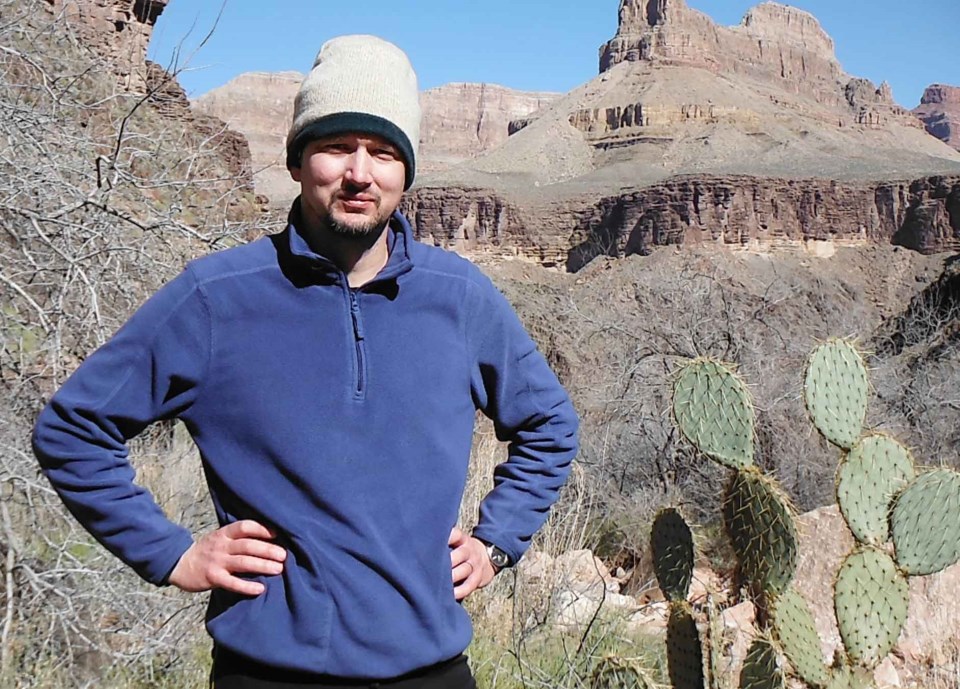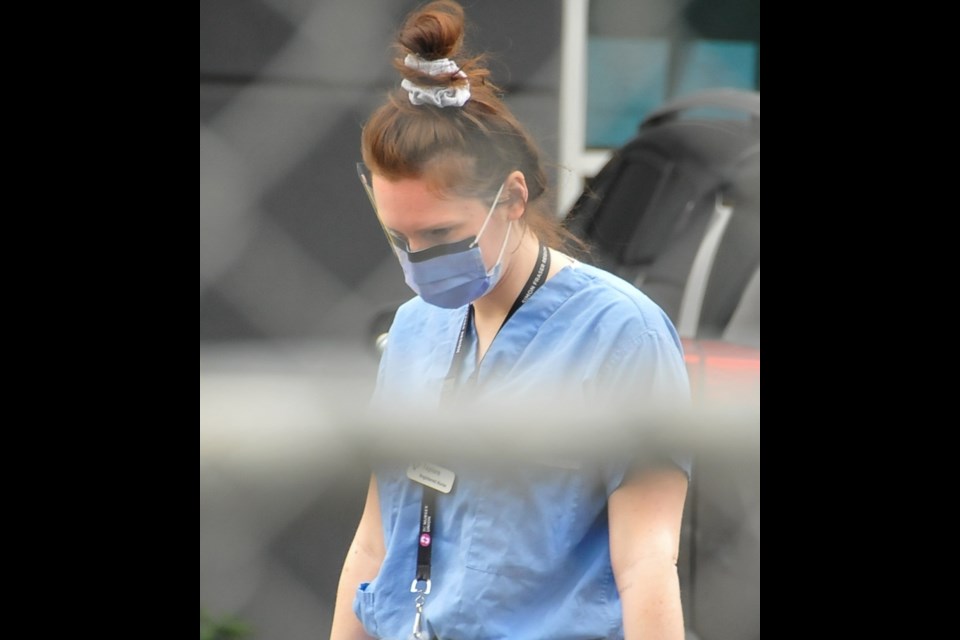Modelling released by B.C. health officials last week indicates COVID-19 cases are doubling across the province roughly every two weeks.
It’s a trajectory that puts the province on track for 4,000 cases per day by Christmas, said UBC infectious disease modeller Dan Coombs.
But that's only a prediction of what happens if cases continue to rise as they have over the last few weeks. As the Lower Mainland enters its tenth day of heightened restrictions, Coombs said we could start seeing a signal of how those restrictions have impacted people’s behaviour — and therefore transmission of the virus — by the end of the week.
“We'd expect to be seeing some slow down, and hopefully, then we can revise that prediction,” he said, “hopefully really significantly in the opposite direction because 4,000 cases a day at the end of the year? That's going to really overwhelm a lot of the systems that we have.”
But just how much two weeks of restrictions will affect the rising daily caseloads is hard to predict.
That’s because the point in time someone transmits the virus lags up to two weeks behind the day it’s counted, and officials don’t know how the public has changed its habits in the intervening period.

Over the weekend, health officials reported nearly 2,000 new COVID-19 cases across the province, including 654 cases in a single 24-hour period. On Tuesday, the upward trend showed no sign of slowing down after officials reported 717 new cases, yet another single-day record for B.C.
There are now 6,279 active cases across British Columbia and the number of those hospitalized with the disease, a figure which often lags behind rising caseloads, has also continued its steady climb, now totalling 181 people.
In the metaphorical “hammer” and “dance” of heightened restrictions and reopenings, B.C. health officials have looked to apply increasingly precise measures.
Last spring, provincial health officer Dr. Bonnie Henry effectively shut down much of the province’s public life; today, schools and many businesses remain open and only the Metro Vancouver area has been targeted with measures limiting social interactions to a single household.
“We know whatever restrictions were done in March were super effective — we saw the turnaround at around the two-week mark,” said Coombs. “The question is, what will we see this time? It's more precision this time.”
Last week, SFU infectious disease modeller Caroline Colijn told the CBC two weeks would not likely be enough to stem the exponential transmission seen across Metro Vancouver — and particularly, Fraser Health.
Coombs agrees.
“It seems like two weeks of what's going on is not going to bring us back down to 100 cases a day in two weeks. That's not going to happen,” he said. “My best reasonable case scenario would be a levelling off or a slight downtick.”
And if the two weeks of restrictions do little to halt the rise in cases?
“I think the province would step in with much more drastic measures if we were headed that way,” said Coombs.
INTERACTIVE: CASES BY HEALTH SERVICE DELIVERY AREA
It’s not just obvious hotspots like Surrey contributing to a rising active case count in Fraser Health.
In the Tri-Cities, for example, new COVID-19 cases tripled in October, and the Fraser North health delivery area — which also includes Burnaby, New Westminster and Maple Ridge — saw a 48.6% surge in cases last week, on par with the projected doubling of caseloads every two weeks.
“The concern for the Tri-Cities is we don't live on an island. We're all linked together by work and social events and even sports until last weekend when we were told not to do that,” said Coombs.
“Just the work links alone are enough that you'd expect if there was a big outbreak in Surrey that it would spread across the Fraser. We've already seen the numbers rising in Vancouver.”
Should the latest restrictions not be enough to halt rising transmission rates, even schools — three of which were shut down across Fraser Health over the weekend due to clusters — could be in for further restrictions.
Dr. Henry said her office is considering an early start to the Christmas holiday season as one of many potential measures to stem the transmission of the virus.
“We also know that people want to spend time together over holiday seasons and that can spill over into outbreaks into community settings afterwards,” she said.
“But we're looking at all of our options. There are a whole bunch of things that are happening.”



